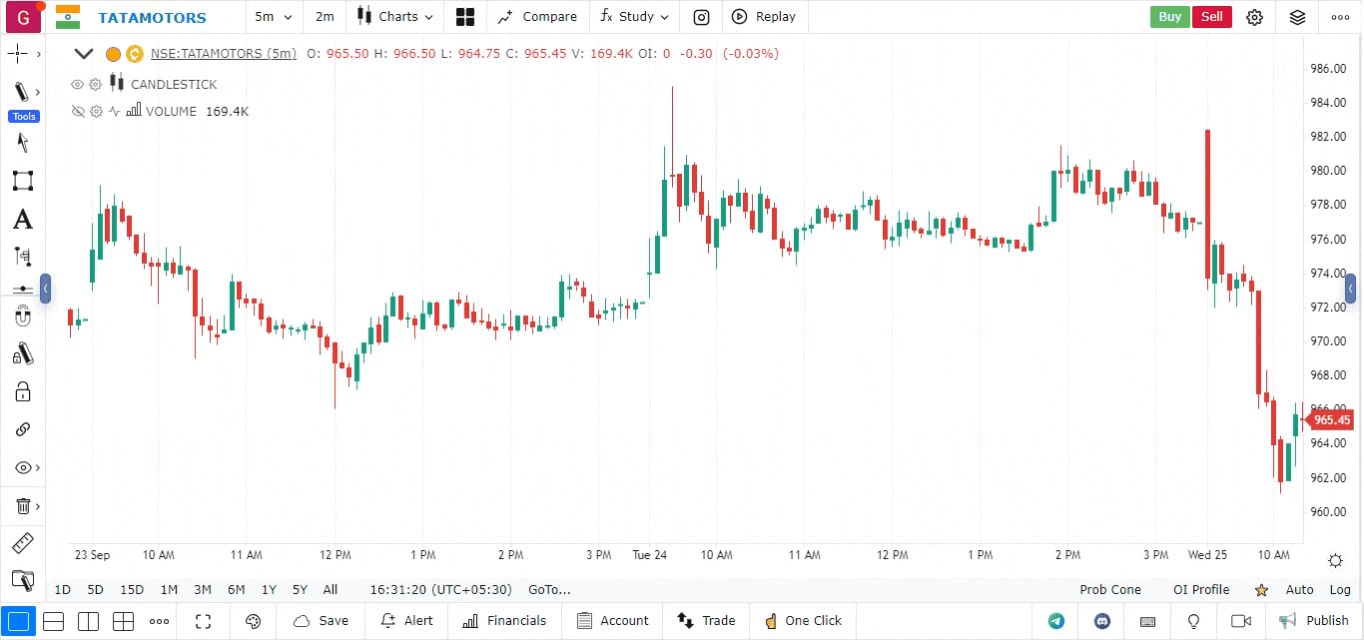Chande Momentum Oscillator (CMO)
The Chande Momentum Oscillator (CMO) is a technical analysis indicator developed by Tushar Chande. It measures the momentum of price movements by analyzing both upward and downward movements over a specified period. The CMO is similar to other momentum indicators like the Relative Strength Index (RSI) but uses both positive and negative price changes, making it more sensitive to market trends.
Key Features of the Chande Momentum Oscillator:
-
Momentum Measurement: The CMO quantifies the strength of price movements and helps identify overbought or oversold conditions.
-
Range: The CMO value ranges between -100 and +100, with levels above +50 indicating overbought conditions and levels below -50 indicating oversold conditions.
-
Trend Sensitivity: The oscillator is more sensitive to short-term price changes than traditional indicators like the RSI.
How to Calculate the Chande Momentum Oscillator
The CMO is calculated using the following formula:
The formula is based on the net difference between recent gains and losses over a specified period, typically 14 periods.
Analyzing the CMO Indicator
To analyze the Chande Momentum Oscillator, follow these steps:
-
Load the Chart for the Asset:
- Open the charting platform.
- Load the chart for the specific asset you wish to analyze.
-
Set the Timeframe:
- Choose a suitable timeframe based on your trading strategy. The CMO can be used on various timeframes, such as daily, weekly, or intraday charts.
-
Add the CMO Indicator to the Chart:
- Navigate to the Indicators section.
- Search for Chande Momentum Oscillator (CMO) in the list of available indicators.
- Click on the CMO indicator to add it to your chart. The CMO will appear as a line below the main price chart.

-
Interpret the CMO Signals:
- Overbought Condition: When the CMO rises above +50, it suggests that the asset is overbought, and a price correction or reversal could occur.
- Oversold Condition: When the CMO falls below -50, it indicates that the asset is oversold, and a price bounce or reversal might happen.
- Centerline Crossover: A move above or below the zero line (centerline) indicates a shift in momentum. A crossover above the zero line suggests bullish momentum, while a move below it indicates bearish momentum.
- Divergence: Look for divergence between the CMO and the asset’s price. For example, if the price is making new highs but the CMO is not, it could signal a weakening trend.